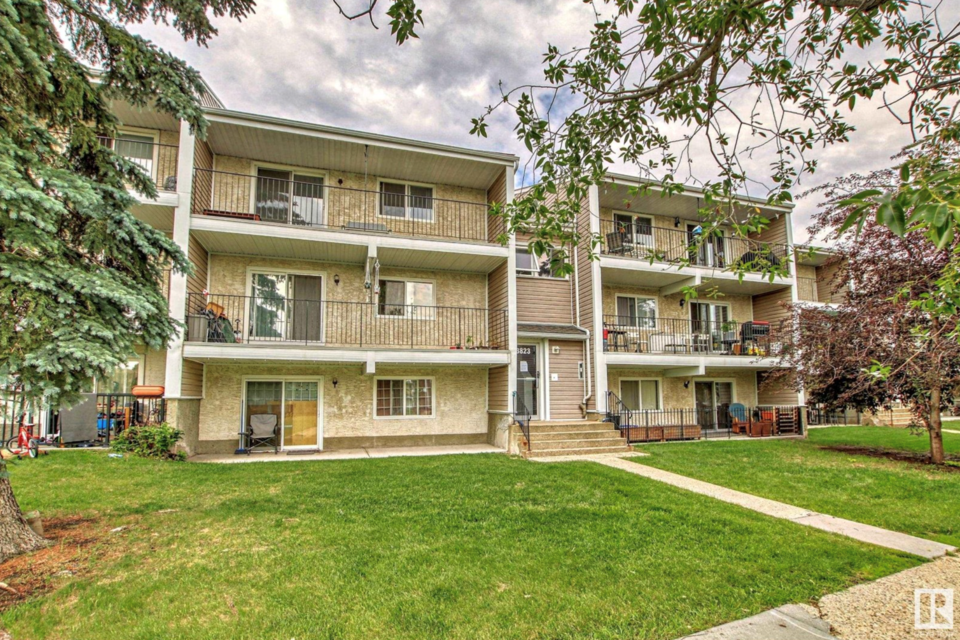In Metro Vancouver, where dreams of affordable housing come to die, there were only two homes listed for sale in June for $200,000 or less and both have likely been snapped up by the time you read this.
For many young people, the cost of housing in B.C. and Ontario – and many large cities - is the major barrier as they struggle to get careers and families started.
In fact, a recent survey found that only 10 per cent of all homes listed for sale in Canada in June were priced at $200,000 or less.
In Edmonton, Alberta’s vibrant capital, though, there are 1,300 homes listed at that price and 36 per cent of all homes currently for sale in Regina are also available for $200,000 or less.
That price is about one-quarter of the average national home price and is a reference point to gauge the share of what the national survey by Point2 real estate agency referred to as an affordable listing.
In Vancouver or Toronto it would be a unicorn listing.
But it is different world in all major Prairie cities, where affordable homes are plentiful and where, we suggest, young B.C. families and new immigrants should consider making their stand.
For, despite the windy rhetoric on the West Coast about creating less expensive housing, affordability is an elusive as a house priced at less than $1 million.
Today, with Metro Vancouver’s composite home price – and that means every possible property type – in seven figures and rising by 1 per cent per month, affordability appears a permanent fantasy,
But the Point2 survey also found that 7 per cent of Calgary homes for sale were below $200,000; Saskatoon had 23.47 per cent of listings at that level and nearly a quarter of Winnipeg homes are also sub-$200,000.
These are all growing cities with low unemployment, world-class amenities, lower taxes, endless career opportunities and populations younger than in most West Coast communities.
The Prairies promise more than realistic housing prices, though.
In its most recent provincial forecast, TD Economics has had to revise its projections for real GDP growth across Canada. Alberta and Saskatchewan are now expected to have the highest real GDP growth in 2023, at 2.7 per cent and 2.4 per cent, respectively, while B.C.’s real GDP growth is expected to be just 1.2 per cent. Ontario's real GDP growth is expected to about the same -- 1.3 per cent.
A typical urban worker can realistically buy a home on the Prairies and have enough left over to travel, invest and raise a family while remaining confident they will be able to afford a larger, better home in the future.
Prairie cities offer much more than truly affordable housing, but that could be a good enough reason to begin a move forward.
- Frank O’Brien is the editor of Western Investor



